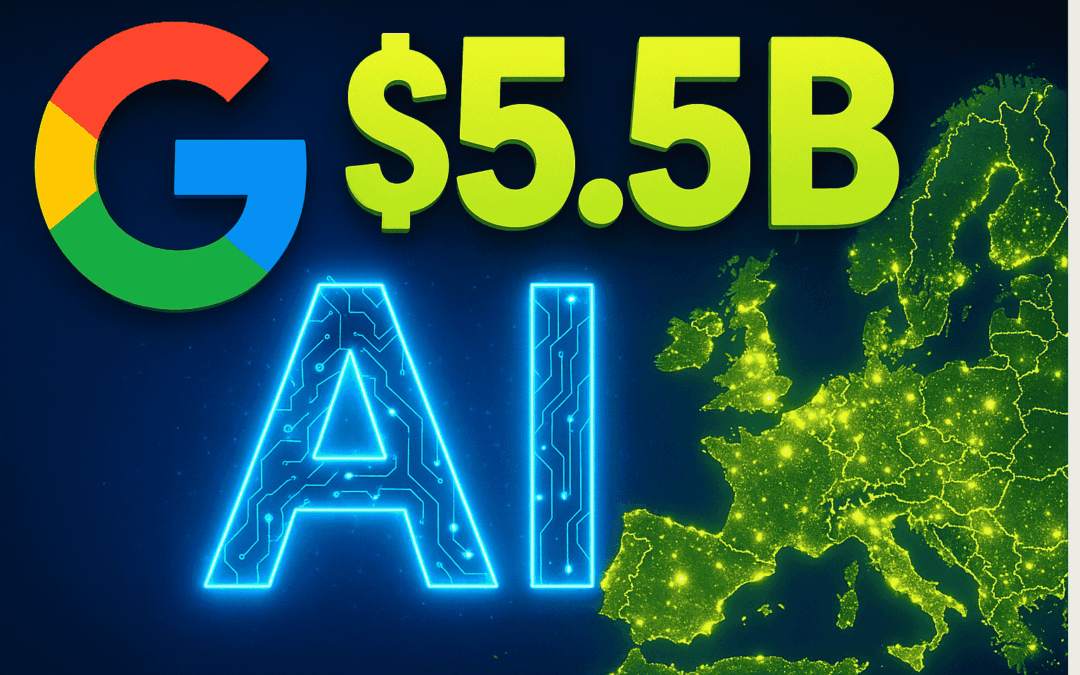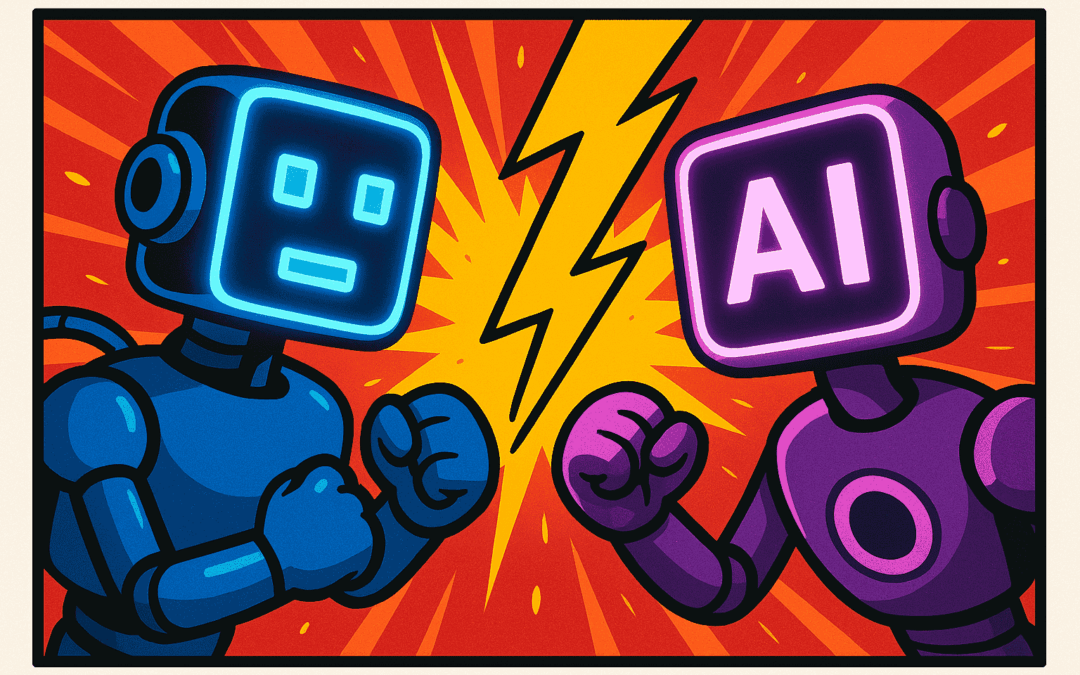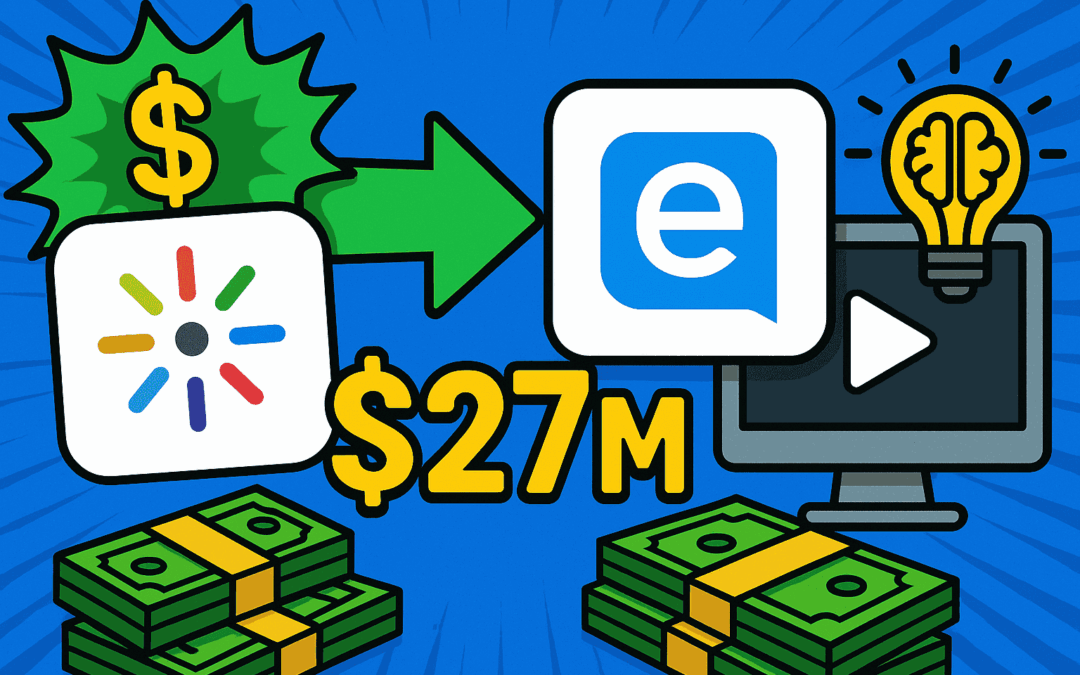The rapid evolution of AI accelerates a global contest to define the dominant platforms, marketplaces, and use cases sitting atop large language models (LLMs) and generative AI.
Today, developers, startups, and enterprise players double down on building applications rather than foundational models, searching for viable business models and lasting differentiation.
Key Takeaways
- Intense global competition marks the AI application layer, not just model innovation.
- Developers and startups shift focus from training new LLMs to building specialized AI tools, vertical solutions, and marketplaces.
- No single “winner” has emerged, as user needs and regulatory environments fuel ecosystem fragmentation.
- Incumbents face pressure to innovate rapidly or risk disruption from agile AI startups.
- Strategic partnerships, data access, and integration with enterprise workflows become primary differentiators.
AI Application Layer: The True Battleground
Tech giants like Google, OpenAI, and Anthropic continue to refine foundational models, but the spotlight now shifts to the app layer — where generative AI delivers direct business value.
Instead of racing to create ever-larger LLMs, leading startups invest in user-friendly copilots, AI productivity suites, and industry-specific AI assistants.
According to CB Insights, AI startups building application-layer tools attracted over $27.2 billion in venture funding in 2023, outpacing model-focused investments.
“The next wave of value will accrue to those who build sticky, domain-specific experiences on top of core AI infrastructure.”
Examples already abound: AI code assistants, AI-driven CRMs, creative content platforms, healthcare diagnostics, and legal research tools all integrate LLMs into tailored workflows. Marketplaces such as OpenAI’s GPT Store and Hugging Face’s Spaces further boost discovery and monetization of AI apps.
Fragmentation and Regional Dynamics
The global contest remains wide open.
The United States continues to lead in both funding volume and talent, but China accelerates with domestic AI champions like Baidu and Alibaba, focusing on localized app ecosystems and government compliance.
Europe, meanwhile, sees startups emphasizing privacy, safety, and compliance due to the AI Act, shaping application-layer innovation with a regulatory lens.
“Differentiation for AI apps increasingly comes from proprietary data, domain expertise, and seamless UX — not from novel models alone.”
Implications for Developers and Startups
Developers and startups benefit from the vast availability of APIs and open-source LLMs, slashing go-to-market time.
However, the stakes remain high: commoditized model access shifts competition to data integration, vertical expertise, and cross-platform operability.
Google’s Gemini API, Meta’s Llama, and Microsoft Azure’s OpenAI Service empower builders to iterate quickly, but scaling AI products means cracking distribution — via marketplaces or embedding in existing SaaS solutions.
Tactical Priorities for Success
- Prioritize user-centric, workflow-embedded AI solutions over feature parity.
- Secure exclusive data partnerships to train and fine-tune LLMs for niche use cases.
- Focus on regulatory readiness and transparent privacy practices, especially for EU and healthcare applications.
- Build with modularity and interoperability in mind to adapt as platforms evolve.
Enterprise and Professional Adoption
Enterprises increasingly pilot and adopt next-gen AI platforms because of measurable ROI in automation, personalization, and decision support.
Demand for robust security, auditability, and compliance also drives requirements.
According to McKinsey research, over 40% of companies in advanced economies use generative AI at scale for content generation, customer support, and data analysis.
“AI professionals now need cross-disciplinary skills — not just model tuning, but product thinking, user research, and regulatory fluency.”
Conclusion: AI’s Application Layer Signals New Power Dynamics
The race for dominance in the AI application layer remains open, with ample opportunity for agile startups and creative developers.
Success will increasingly flow to those who move fast, deliver domain-specific value, and unlock strong network effects via data, distribution, and deep integration.
Model-building matters, but the future belongs to those shaping compelling and differentiated user experiences powered by generative AI.
Source: TechCrunch









